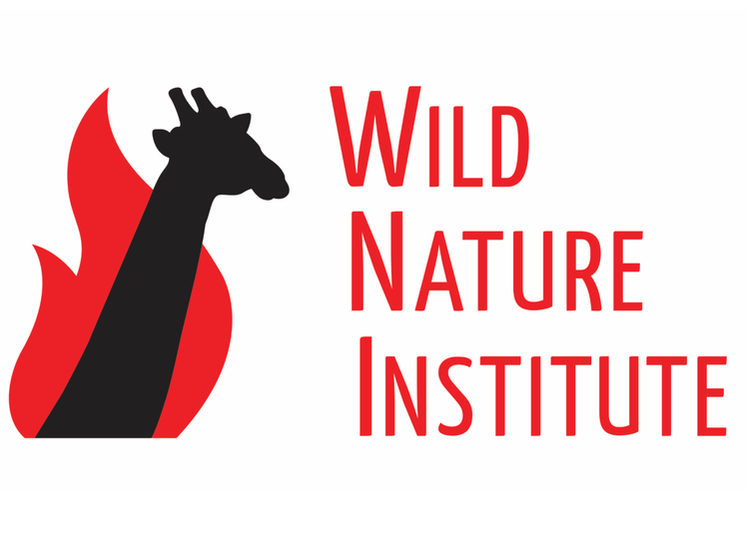|
July 27, 2018
by George Wuerthner Published today in CounterPunch. “What but the wolf’s tooth whittled so fine the fleet limbs of the antelope?” wrote the poet Robinson Jeffers. Jeffers encapsulated the idea that evolutionary processes shape all plants and animals. Unfortunately, far too many in the Forest Service and the collaboratives that work with them fail to understand this basic idea—a “healthy” forest is one with many sources of mortality. Chainsaws are no substitute for natural processes. Recently on a collaborative/forest service field tour, participants were shown some fir trees with root rot. The group was told that the forest was “too dense” and thus the trees had become susceptible to root rot. The solution, of course, was to log (read kill) the fir trees so they would not succumb to root rot and die. When I asked the collaborative members and agency personal assembled, “What was the ecological role of root rot in the ecosystem?”, I got perplexed blank stares. It appeared that no one had ever considered such a question. Yet here they were anxious to log the forest based on the assumption that root rot killing trees was something to control or remove from the forest ecosystem. Among the ecological values that root rot may provide to the forest ecosystem is a natural thinning of trees (unlike logging/thinning that lost money, root rot does this at no cost to taxpayers). Root rot selects for those trees less adapted to current and future climatic conditions, plus creates snags and dead wood that is critical to many wildlife species. The snags store carbon, and when trees fall over, they establish hummocky mounds that result in micro-sites for plants and animals. The issue of root rot is a good example of where the Forest Service and collaborative members fail to see the forest (ecosystem) through the trees. Throughout the field trip, I was told the goal of logging was to “restore” forests so the trees would be “resilient” and less vulnerable to evolutionary processes like wildfire, drought, mistletoe, bark beetles, and root rot. But there is much more to a forest ecosystem than trees. Whether implicitly acknowledged, the focus on trees represents an Industrial Forestry paradigm that views trees as fodder for wood products. For many species of plants and animals, dead trees are critical to their survival. For instance, some 45% of all birds rely on snags for feeding, nesting, and rooting. Bats find shelter under the bark of dead trees. Small mammals from voles to marten hide beneath or inside downed logs. And some 50% of the aquatic habitat in small to medium sized streams is the result of fallen logs in the water. Most foresters will acknowledge grudgingly that some limited mortality from wildfire, drought, root rot, bark beetles and other natural agents may be acceptable, but they seldom promote the idea that these drivers of evolution are critical to the “health” of our forest ecosystems. Just as wolves help to maintain healthy elk and deer herds, other evolutionarily processes like wildfire, bark beetles, mistletoe, and root rot maintain healthy forest ecosystems. However, the Forest Service is focused on managing trees, not ecosystems. What they are doing is “restoring” the “structure”, not the evolutionary processes that have for millennia shaped and honed our forest ecosystems. The way you build “resilience” into the forest is by protecting, preserving and enhancing the ecological and evolutionary processes that have created the forest. Nature is much better at selecting which trees should survive than a forester with a paint marking can. If we wish to build resilience into our forests, we must maintain the ecological and evolutionary processes that “whittles” the ecosystem. George Wuerthner has published 36 books including Wildfire: A Century of Failed Forest Policy. He serves on the board of the Western Watersheds Project.
0 Comments
Your comment will be posted after it is approved.
Leave a Reply. |
Science News and Updates From the Field from Wild Nature Institute.
All Photos on This Blog are Available as Frame-worthy Prints to Thank Our Generous Donors.
Email Us for Details of this Offer. Archives
July 2024
|
|
Mailing Address:
Wild Nature Institute PO Box 44 Weaverville, NC 28787 Phone: +1 415 763 0348 Email: [email protected] |
|

 RSS Feed
RSS Feed
